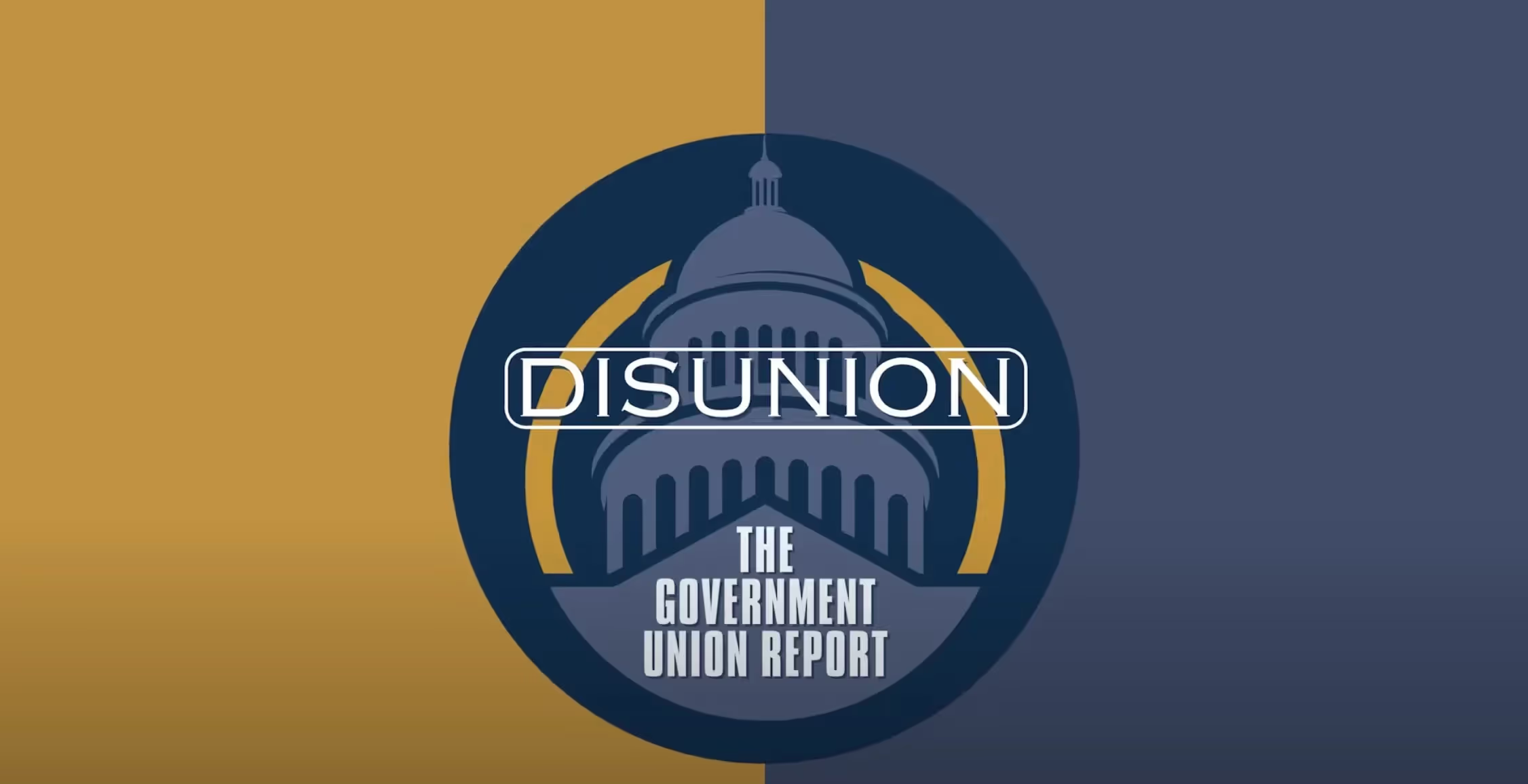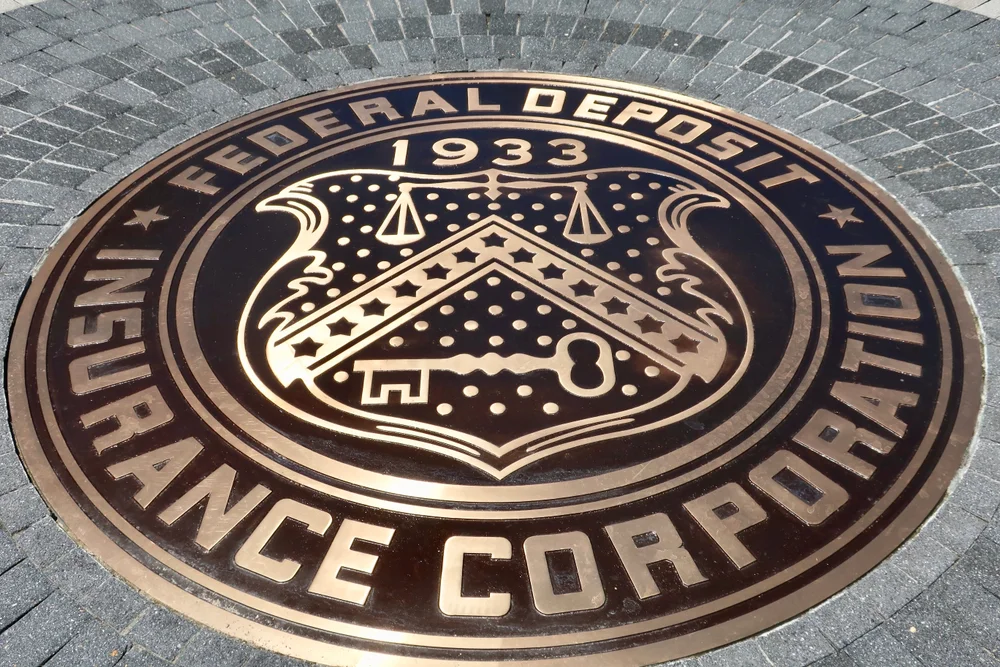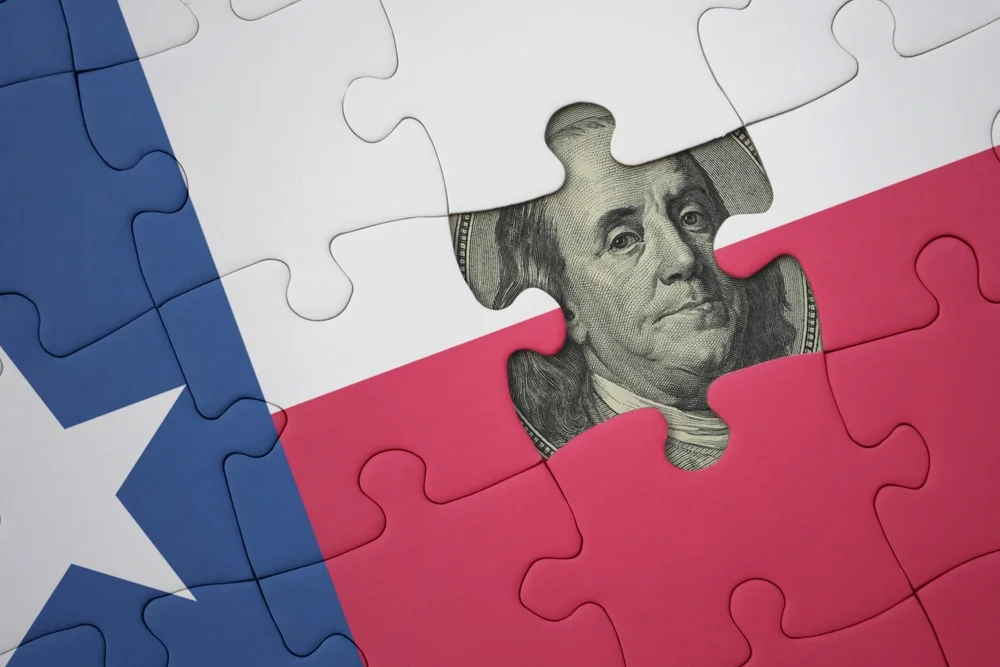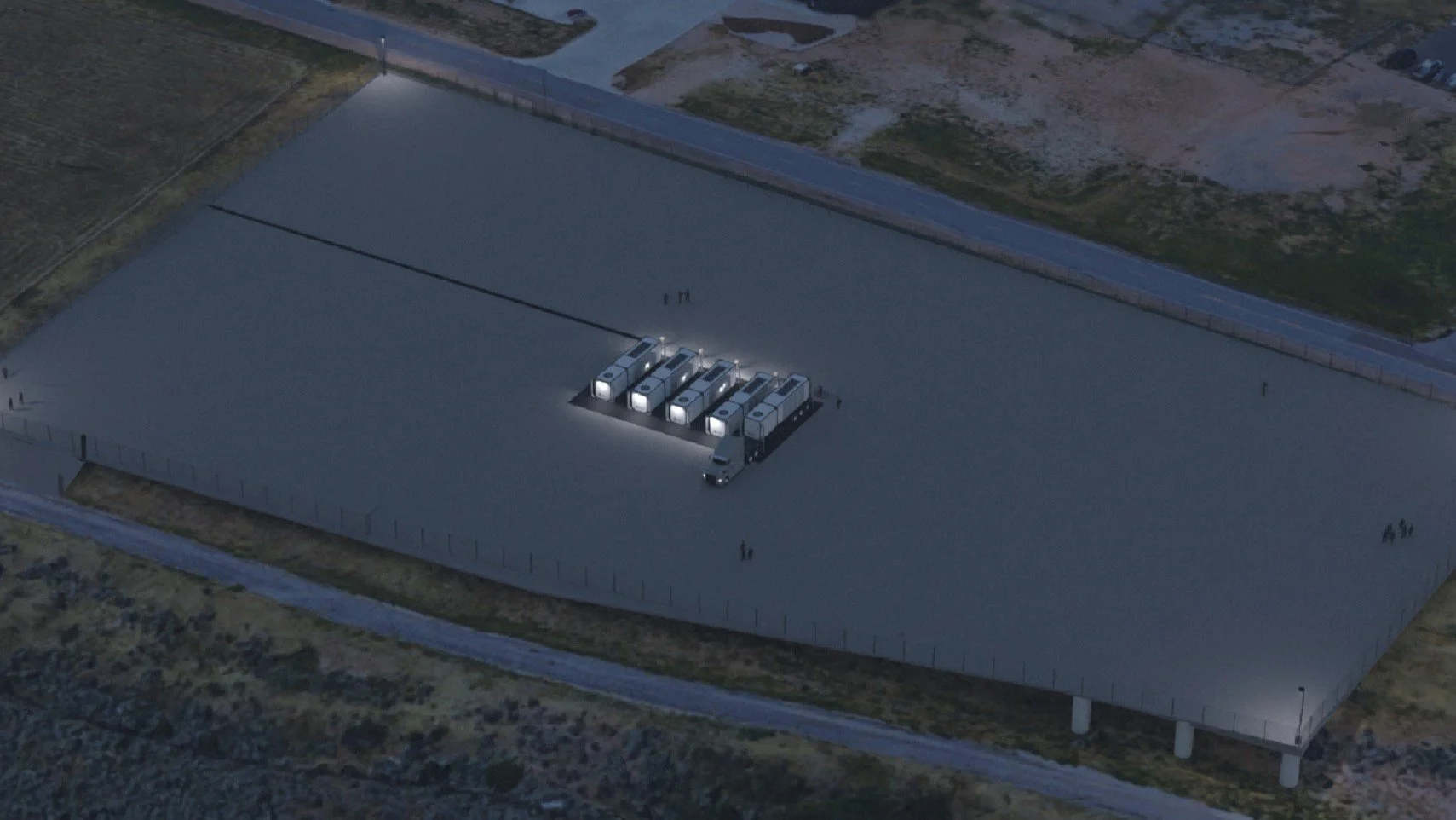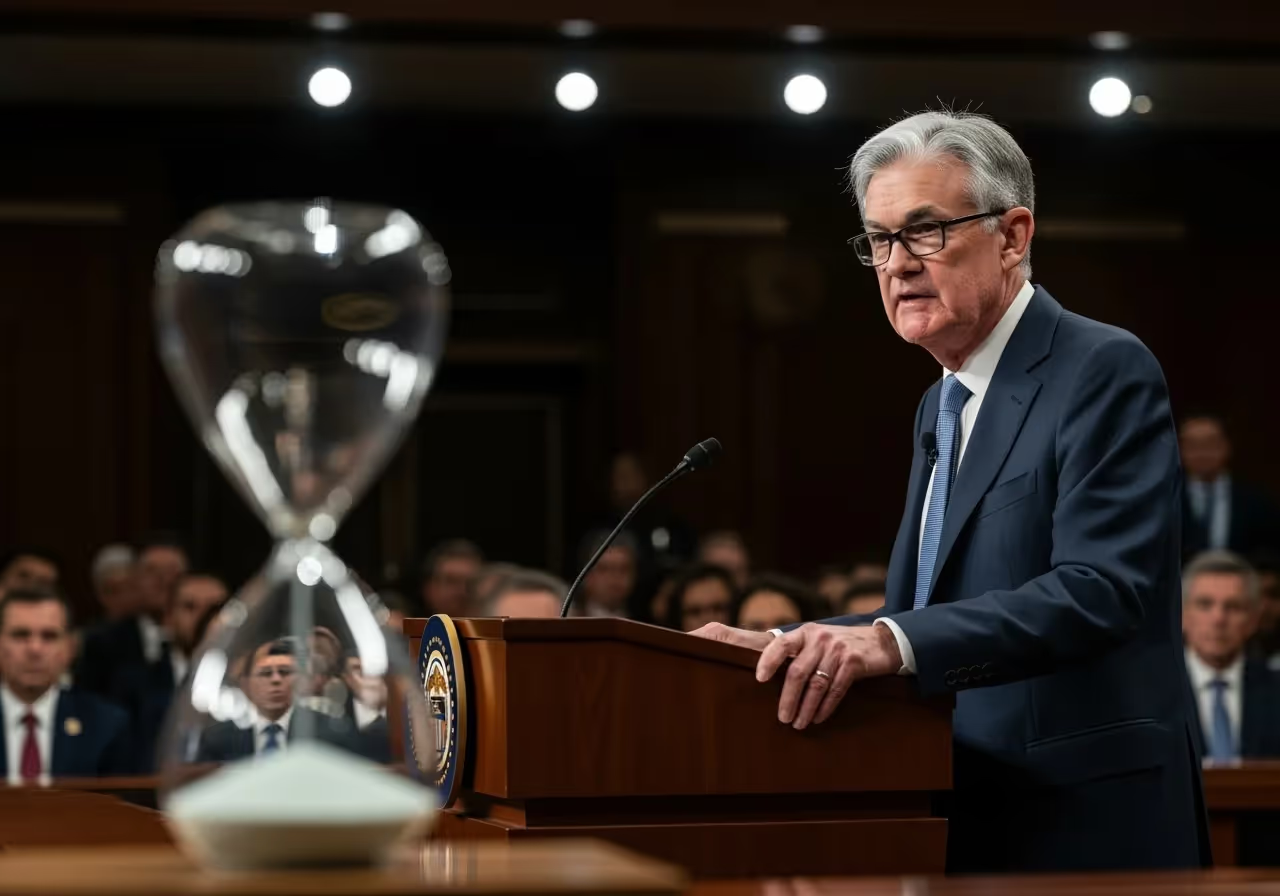
The Fed Has Gone Adrift—It’s Time to End The Bureaucratic Mission Creep
Central bank independence is not an entitlement—it is a delicate institutional arrangement based on public trust, policy effectiveness, and political neutrality.
The Federal Reserve is at risk of becoming an institution without a mission—or rather, with too many. In recent years, the Fed has strayed far from its core statutory mandate of price stability and maximum employment. The most visible symptom of this drift is the explosion of academic research and public advocacy on issues well outside the Fed’s monetary policy and financial regulatory domain—climate change, racial equity, and gender gaps to name a few. The underlying problem is institutional: a loss of focus, accountability, and restraint. By inviting or yielding to politics, the Fed invites undue scrutiny that could jeopardize its independence in monetary policy decisions. Independence is essential to maintaining monetary policy that keeps inflation low. Inflation often hurts those below the median income who experience greater increases in prices than those who are more affluent.
Nowhere is this drift more evident than in the Fed’s growing funding and sponsorship of academic research unrelated to monetary policy or financial supervision. While universities and think tanks are proper homes for such inquiry, the Fed—an unelected institution with a narrow mission and powerful tools—should not be in the business of shaping the national conversation on inherently political issues. Its forays into climate modeling, environmental stress testing, and racial wage gap studies have politicized what was once the most technocratic institution in American governance. Some regional Fed Bank Presidents weigh in on politically sensitive issues entirely unrelated to monetary policy or financial regulation. For instance, Neel Kashkari in 2021 controversially lobbied for a Minnesota state constitutional amendment on education, making calls to politicians and testifying before a state legislative committee.
At the same time, the institution’s own operating budgets have expanded enormously. From 2004 to 2023, the Board of Governors' operating expenses quadrupled in nominal terms, reaching nearly $1 billion annually—representing a 2.5-fold increase even after adjusting for inflation. Some of this is due to new bank regulation activities created through the Dodd-Frank Act. But much of this dramatic expansion, occurring largely outside the appropriations process, has enabled an entire research and administrative bureaucracy to grow unchecked, often operating with minimal external oversight. For instance, the Inspector General for the Federal Reserve Board and the Consumer Financial Protection Bureau (CFPB) is appointed by the Fed Chair, not by the President, and not confirmed by the Senate. Most federal IGs are appointed by the President and confirmed by the Senate and are accountable to both Congress and the agency they oversee.
As the number of economists employed by the Fed has grown (the Federal Reserve Board alone employs more than 400 PhD economists today, which the Fed tries to match salaries to those of finance professors which have been increasing), there’s an important public policy question: how many economists are needed to run the Federal Reserve? How many of these 400 economists are actually important for the functioning of monetary policy and financial regulatory policy? How much of a subsidy to research should the Federal Reserve provide? These are open questions where lawmakers should weigh in.
Even the Fed’s physical footprint has not escaped controversy. The Board of Governors is undergoing a headquarters renovation projected to cost over $2.5 billion ($3.1 billion renovation when including the recent renovation of the Martin building)—more than the inflation-adjusted cost of rebuilding the Pentagon—raising serious questions about fiscal prudence and internal oversight within an institution that lectures others on financial discipline. Sure, some of this cost has to do with land use regulations and asbestos, but the number of buildings and footprint of the Fed Board has grown with the increase in staff over time.
Rather than narrowing the Fed’s scope to match its public trust, Chair Jerome Powell has presided over a subtle politicization of the central bank—one that aims for bipartisanship rather than nonpartisanship, but achieves only mission creep. To satisfy the left, Powell embraced “green monetary policy,” allowing then-Fed Governor Lael Brainard to push climate-related financial risk assessments into supervisory policy, despite scant empirical evidence that climate change poses an immediate, systemic risk to U.S. banks. The Fed’s Supervision Climate Committee and Financial Stability Climate Committee, created during the Biden administration in 2021, were just disbanded by the Fed this May. For the right, Powell has offered deregulation on issues like tailoring capital rules for mid-sized banks—most notably contributing to a supervisory posture that allowed Silicon Valley Bank’s risks to go unnoticed. The result is a Fed that tries to please both sides and ends up serving neither.
The 2023 collapse of Silicon Valley Bank is a case in point. Despite being the primary regulator, the Federal Reserve (specifically the San Francisco Fed) failed to adequately act on well-documented interest rate risk exposures on SVB’s balance sheet. While Fed officials insist supervisory staff had flagged problems, no action was taken early enough to avert disaster. Where was the Board’s oversight? Where was the accountability? The SVB failure, the second-largest bank failure in U.S. history, was not just a bank management failure—it was a regulatory one.
Meanwhile, the Fed’s internal integrity has been partially tarnished by a string of scandals. In 2021, multiple senior Federal Reserve officials—including the presidents of the Dallas and Boston Fed banks—resigned following revelations of active stock trading during the pandemic, while the Fed was simultaneously conducting massive emergency interventions in financial markets.
Earlier this year, a former Senior Advisor to the Federal Reserve, John Rogers, was arrested "on charges that he conspired to steal Federal Reserve trade secrets for the benefit of the People’s Republic of China (PRC)" and is now in prison without bail for fear of flight risk, had access to top Federal Reserve officials and spent much of his time between the U.S. and China. Such information, he sold, according to the indictment, included providing classified sensitive information, such as Federal Reserve Governor briefing books about upcoming FOMC meetings that could allow Chinese officials to manipulate markets. In return, Rogers allegedly received compensation for $450,000 through a professorship at a Chinese University with links to the Communist Party of China, as well as free trips to China, where the exchange of information allegedly occurred. What we know so far is very limited but very concerning as it relates to national security and the damage to capital markets' integrity. Rogers' alleged exchanges of information and free trips to China began as late as 2018 and continued through 2019, according to the indictment.
These scandals have raised fundamental questions about the culture and internal controls of the institution—questions that remain unresolved.
The cumulative effect of all this—mission drift, budgetary expansion, politicization, oversight failures, and ethical lapses—has contributed to a partial loss of public trust. In a 2022 Gallup poll, only 37% of Americans expressed confidence in the Federal Reserve, down sharply from just a few years earlier. As inflation surged to four-decade highs after the Fed failed to act decisively in 2021, many Americans began asking what, exactly, the central bank was focused on—if not prices.
The Fed’s internal culture has also shown signs of dangerous groupthink. During the crucial period of 2021, policymakers broadly rallied around the mistaken “Team Transitory” narrative (often promoted by the progressive media), dismissing inflation risks despite mounting evidence to the contrary—an error amplified by the institution’s overreliance on flawed models and a lack of dissenting internal voices.
There is, of course, a place for high-quality research at the Fed. But that research should be tightly tethered to its core responsibilities: monetary policy, labor markets, financial stability, bank supervision, and payment systems. It should not become a platform for social or environmental activism. The problem with Fed-sponsored research on climate justice or systemic racism is not that those issues lack importance—it’s that the Fed has neither the tools nor the mandate to do anything about them. Worse, by engaging in these areas, the Fed transforms itself from a neutral technocratic body into a political actor.
This politicization has broader academic consequences as well. By directing funding and prestige toward ideologically aligned research topics, the Fed distorts incentives in the economics profession. Young scholars seeking jobs or funding may tailor their research agendas to match the Fed’s fashionable priorities, crowding out rigorous work on monetary transmission, inflation dynamics, and financial regulation. The long-run cost is a less intellectually diverse and policy-relevant economics discipline.
Fortunately, the solution can be straightforward.
First, the Federal Reserve should impose strict guidelines on its research spending—limiting support to topics that are relevant to its statutory mandates. If there is a role for the Fed to be subsidizing research outside of its remit, Congress should have at least voted for it.
Second, restore the non-partisan Fed. Senior Fed officials should halt any political advocacy or funding partnerships with academic institutions, think tanks, or nonprofits engaged in social or political advocacy. The Fed Chair should stop meeting with as many Senators and Congressmen as he does. Public records indicate that Chair Powell has met with more members of Congress in one-on-one meetings than almost all past Fed Chairs combined. While Congressional meetings and “wearing out the rugs” are something that Powell often brags about, a strong, independent central banker should be able to meet with Congress publicly, field questions, and address them transparently before the public.
Third, Congress should conduct regular oversight hearings on the Fed’s research, operations, and budgeting. Semi-annual Humphrey-Hawkins meetings before the Senate Banking Committee and House Financial Services Committee are too infrequent.
Fourth, the Fed should restore a culture of internal discipline and ethical rigor, with clear rules, consequences, and transparency for its own leadership.
Central bank independence is not an entitlement—it is a delicate institutional arrangement based on public trust, policy effectiveness, and political neutrality. When the Fed oversteps its bounds or pursues ideological goals, it jeopardizes that independence. The last few years should be a wake-up call. If the Federal Reserve wants to preserve its credibility and effectiveness, it must resist the urge to become everything to everyone. It must do less—and do it better.
Jon Hartley is currently a research fellow at the Civitas Institute, a policy fellow at the Hoover Institution, a senior fellow at the Foundation for Research on Equal Opportunity, a senior fellow at the Macdonald-Laurier Institute, and an affiliated scholar at the Mercatus Center. He also hosts the podcast Capitalism and Freedom in the 21st Century.
Economic Dynamism

The Causal Effect of News on Inflation Expectations
This paper studies the response of household inflation expectations to television news coverage of inflation.
.avif)
The Rise of Inflation Targeting
This paper discusses the interactions between politics and economic ideas leading to the adoption of inflation targeting in the United States.

The Revenge of the Supply-Siders
Trump would do well to heed his supply-side advisers again and avoid the populist Keynesian shortcuts of stimulus checks or easy money.

U.S. Can’t Cave to Europe’s Anti-Growth Agenda
One does not have to support protectionist tariffs or protracted trade wars to see why Washington needs to continue using trade to pressure Eurocrats to give up micromanaging tech platforms and supply chains around the world.


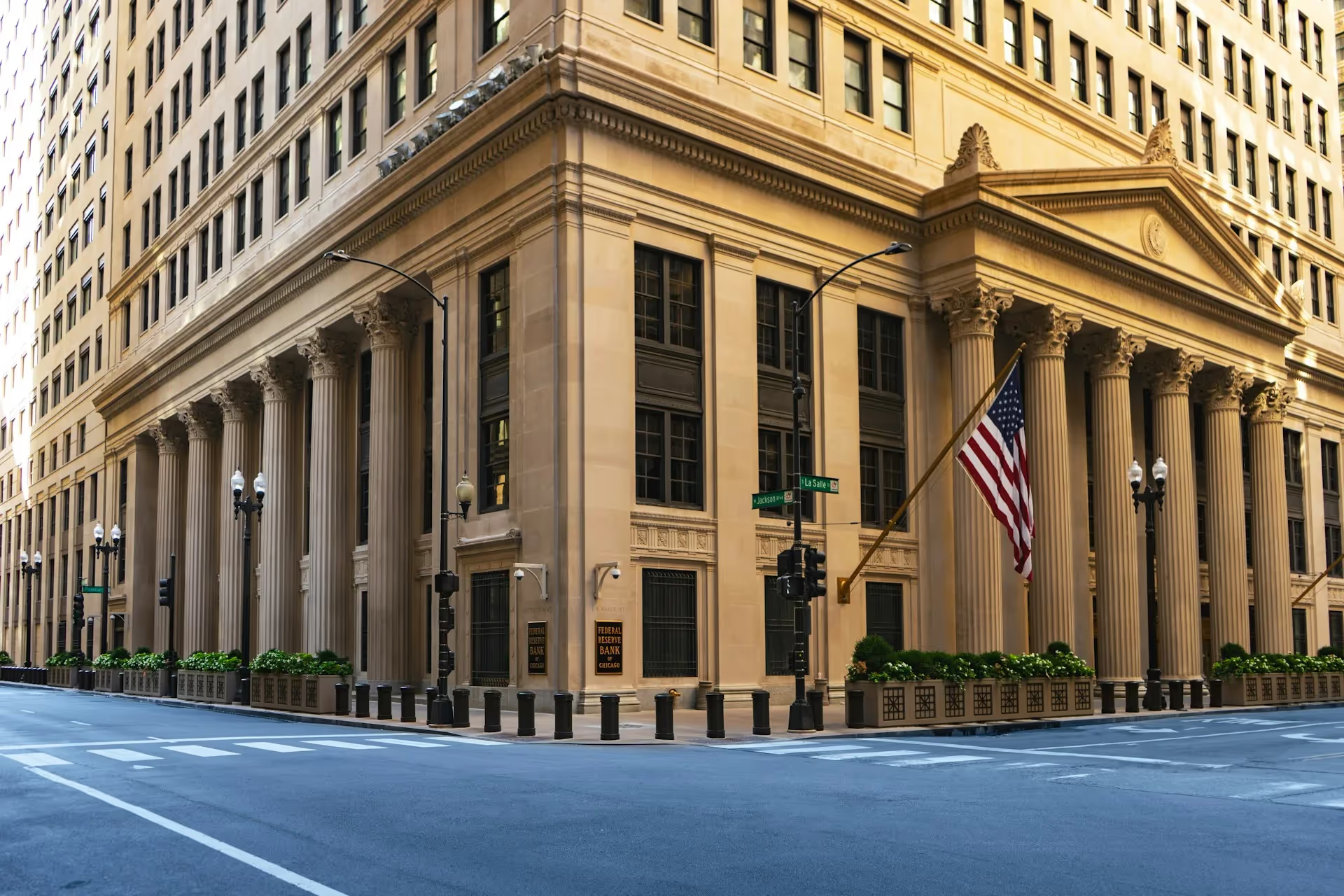
.jpg)




.jpg)


